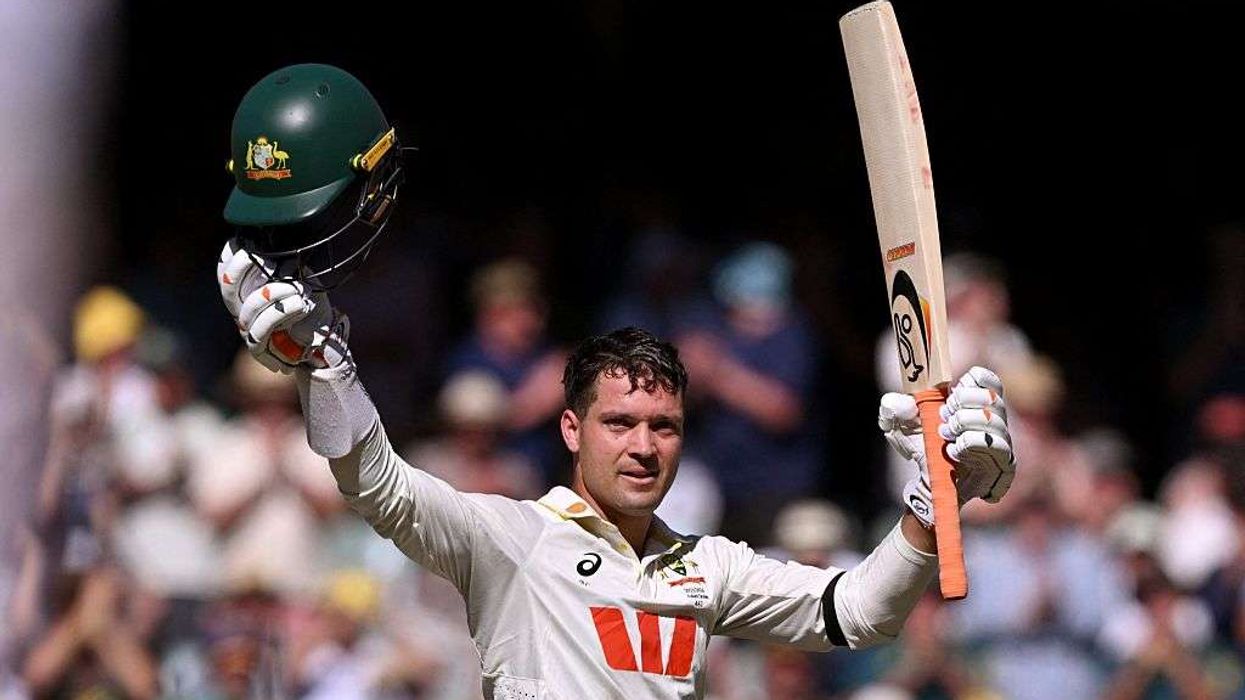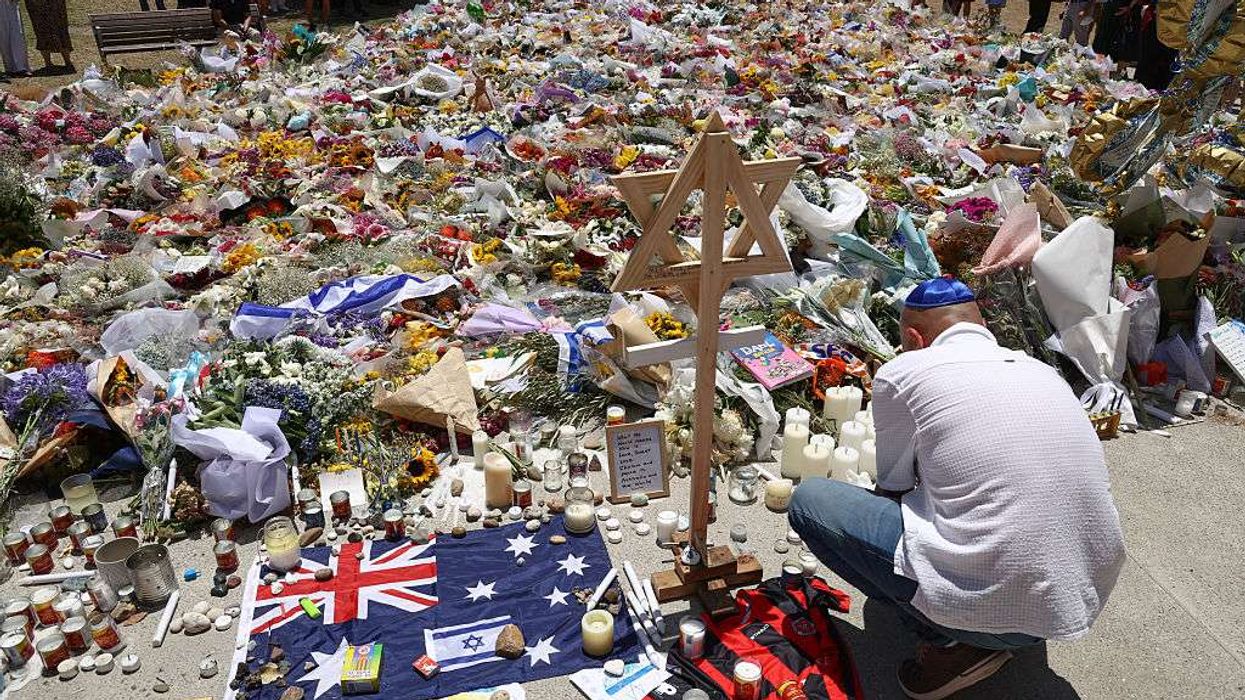SUNIL GAVASKAR said the ICC should find a way to decide a winner in case the rain-hit World Test Championship final between India and New Zealand in Southampton ends in a draw.
The ongoing match has been affected by English weather with the opening and fourth day washed out completely.
Even though there is a reserve day but with no play possible for two out of the first four days, the match might end in a draw if inclement weather continues to play spoilsport.
"There must be a formula to pick a winner in case of a drawn World Test Championship final. ICC's cricket committee should think and then take a decision," Gavaskar told an Indian news channel, Aaj Tak.
There is unlikely to be any change in the rules in this edition as the ICC had made it clear last month that India and New Zealand will share the trophy in case of a draw or a tie.
"It seems that the World Test Championship final will end up as a draw and the trophy will be shared. This will be the first time that the trophy will be shared in a final," Gavaskar said.
"To complete three innings in two days would be really difficult. Yes, if both teams bat really badly, the three innings could be completed."
The former India skipper urged the ICC to find a tie-breaker to determine a winner and cited the examples of other sports such as football and tennis.
"In football, they have a penalty shoot out or they have some other method to decide a winner. In tennis, there are five sets and there is a tie-breaker," he said.





 Lewis Cope confirmed for Strictly Come Dancing UK tour weeks after elimination Instagram/strictlycomedancinglive
Lewis Cope confirmed for Strictly Come Dancing UK tour weeks after elimination Instagram/strictlycomedancinglive  Lewis Cope to return to the Strictly Come Dancing stage for the 2026 live UK tour Instagram/lewiscope
Lewis Cope to return to the Strictly Come Dancing stage for the 2026 live UK tour Instagram/lewiscope 





